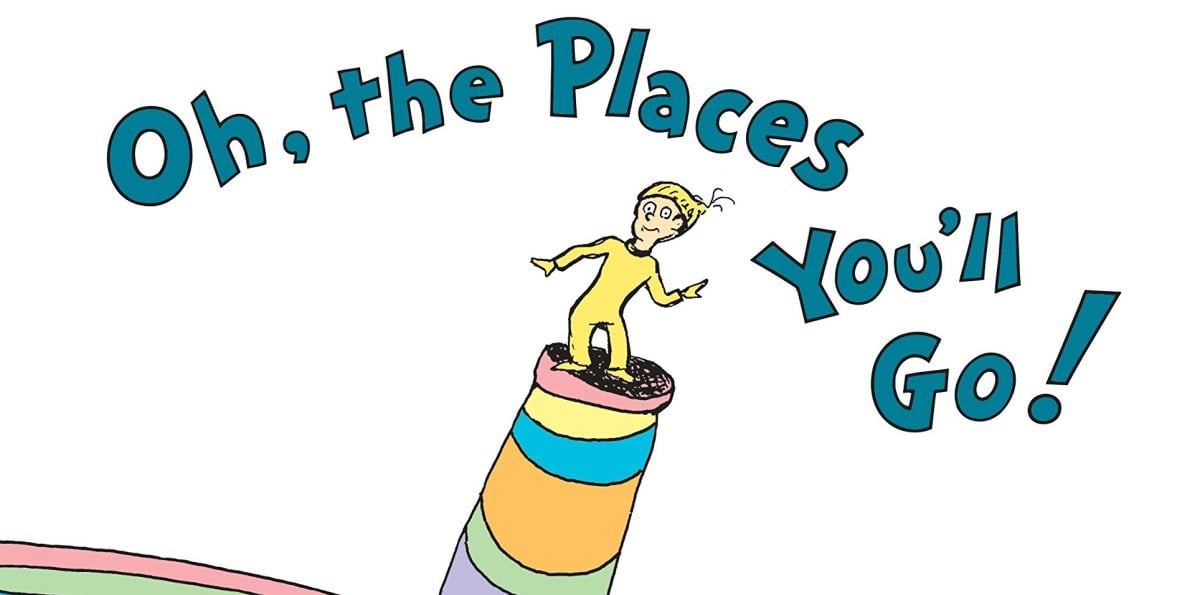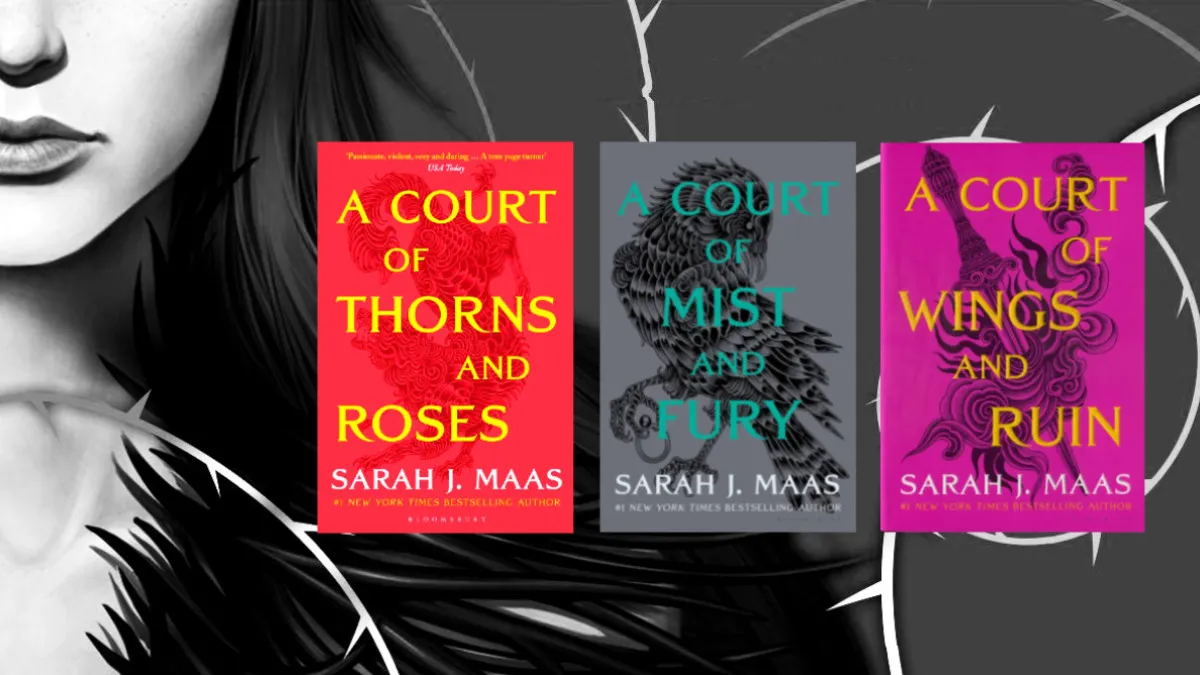The world of English literature needs my help once again with how to deal with the racist classic novels of yesteryear, and this time, it concerns The Cat in the Hat creator himself, Theodor Seuss Geisel, a.k.a. Dr. Seuss.
Read Across America is a national literacy program celebrated annually around the birthday of Dr. Seuss because of his impact on children’s literature. It encourages young children to read, and with groups like We Need Diverse Books, it also helps schools bring diversity in terms of the books they share with their students. The problem is that as Ms. Honey dons her copyrighted striped Cat in the Hat hat for class, the issue of Dr. Seuss’ politics has become something more parents and teachers are grappling with as they share the books with students, according to a story by NPR.
So, let’s first talk about the Seuss. Politically, Theodor Geisel was an FDR Democrat and would have been considered “liberal” for his time, but he supported the Japanese internment during World War II, and if you look at his political cartoons at the time, the Japanese people are displayed in very offensive racial stereotypes.
In comparison, when he drew political cartoons about the Nazis or the Italian forces, he was mocking Nazis and fascists, rather than the entire ethnic group. I actually have a copy of a collection of the cartoons that I got at Hyde Park when I was writing about the topic in college, and the difference is clear.
He did claim to unlearn said behavior writing Horton Hears a Who as a way of atoning for that mentality and dedicated the book to “My Great Friend, Mitsugi Nakamura of Kyoto, Japan.” (Also, Horton is not a “pro-life” book, and his wife supported Planned Parenthood). How you may feel about this is up to you. I know there are some who think it just makes the story reek of white savior-isms, which is valid, since Seuss never publicly made any statements about his anti-Japanese racist rhetoric.
As an NPR story highlights, Seuss wrote an entire minstrel show in college and performed in full blackface (he’s not from Virginia), and some of his early books, like And To Think That I Saw It On Mulberry Street (1937) and If I Ran the Zoo (1950), contain racial stereotypes in them. As a result, some classrooms are going a Seuss-free route to avoid having difficult conversations.
Therefore, NPR asks, “That tension between Seuss and Seuss-free classrooms is emblematic of a bigger debate playing out across the country—should we continue to teach classic books that may be problematic, or eschew them in favor of works that more positively represent of people of color?”
Well, here’s what I think. *Puts on the pretentious cardigan I save for these occasions.*
First, we have to stop trying to throw out every “classic novel” that becomes to difficult to teach because it requires having an actual conversation with students.
This happens every time Huck Finn is brought up and people have to decide if it’s racist or not. As someone who does not like Huck Finn, the book itself is not racist, the ultimate message of the book is not racist, but the language of the novel does reflect the racism of society at the time, which is what makes it valuable to teach, especially now.
Too often, we erase and attempt to whitewash the racism in older texts either because we love them, or because we are afraid to address what it could unleash: knowledge. It’s one thing to remove the names of awards and days, but it is another to attempt to remove literature just because it can lead to addressing pass ills.
Secondly, if we’re talking about Seuss’s work, this is a good opportunity to show the growth of his feelings as a person and author, but also his failings. According to NPR, in a study published in the Journal of Diversity in Youth Literature, “researchers Katie Ishizuka and Ramon Stephens found that only two percent of the human characters in Seuss’s books were people of color. And all of those characters, they say, were ‘depicted through racist caricatures.'”
If a teacher wants the good parts of Seuss, they have to take the bad, and finding ways to have those conversations is the right thing to do, but that’s incomplete without doing the next thing on my list …
Thirdly, bringing other books into the canon can only be a good thing for the development of young people’s engagement with literature. The research showed that “even at the age of three, children begin to form racial biases, and by the age of seven, those biases become fixed.”
“One of the reasons for that is the images and experiences that they’re exposed to regarding marginalized groups and people of color,” Stephens says. “And so [Seuss’ books] being mainstream, and being spread out all over the world, has large implications.”
That’s why it’s important to share diverse children’s books with young kids. Have dolls of different shades and sizes in your classrooms; don’t let it be that the only images POC children see of themselves come from a man with racist biases.
There are so many resources that are available that there’s no reason why we can’t share these things with other kids. Yet, there are still failings. In my Children’s Literature class, we didn’t study any non-white children’s books as part of our primary reading, even though all of the non-English majors there were students who were going on to be teachers in diverse schools.
If, from the very beginning, we are teaching Children’s Literature to future educators through the lens of whiteness, we are not giving them the tools to help their potential students deal with their own learned biases.
I love the classics. I would fight for Anne Shirley to this day. A Little Princess remains one of my favorite books, but learning to read the racial subtext and imperialism in childhood favorites didn’t make them less enjoyable for me because one, all the authors are dead, and two, this is not all I read, and therefore, not the only way in which I find literary value for myself.
I have the works of Alice Walker, Jacqueline Woodson, and many others to give me my mirrors.
(via NPR, image: Random House)
Want more stories like this? Become a subscriber and support the site!
—The Mary Sue has a strict comment policy that forbids, but is not limited to, personal insults toward anyone, hate speech, and trolling.—










Published: Feb 26, 2019 01:39 pm